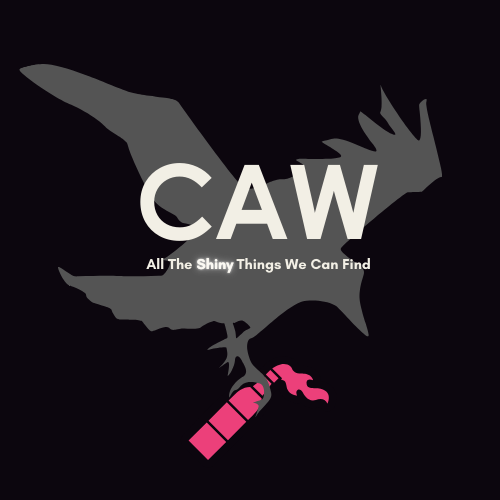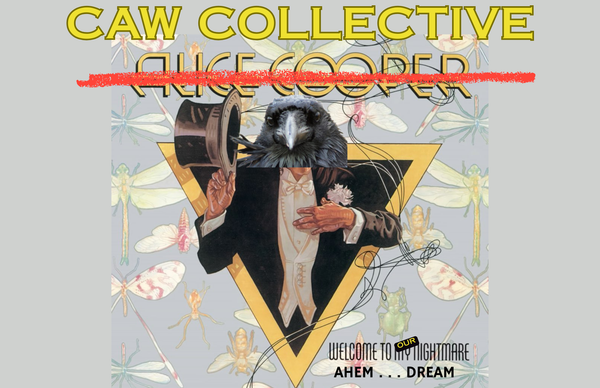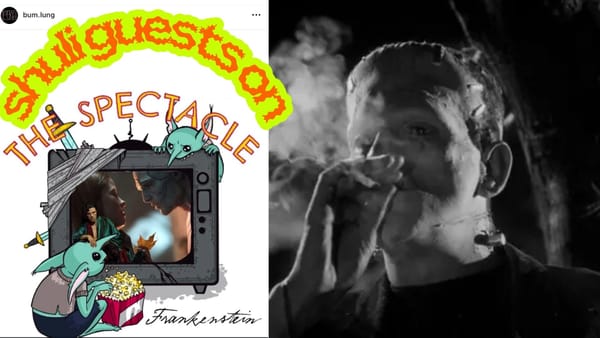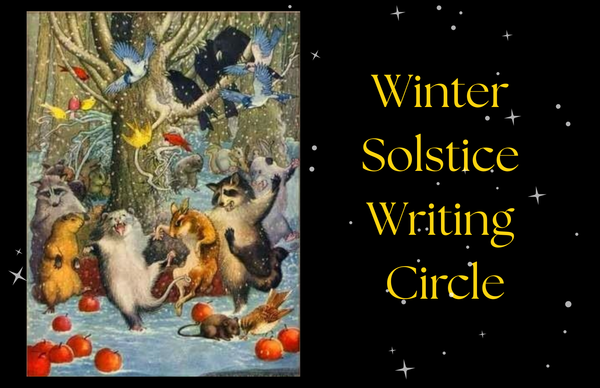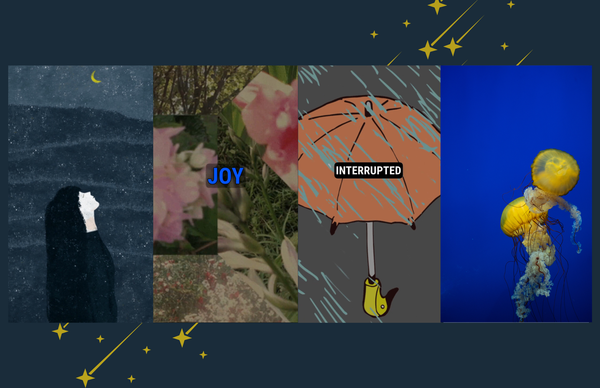Art Under Empire: Barnett Cohen
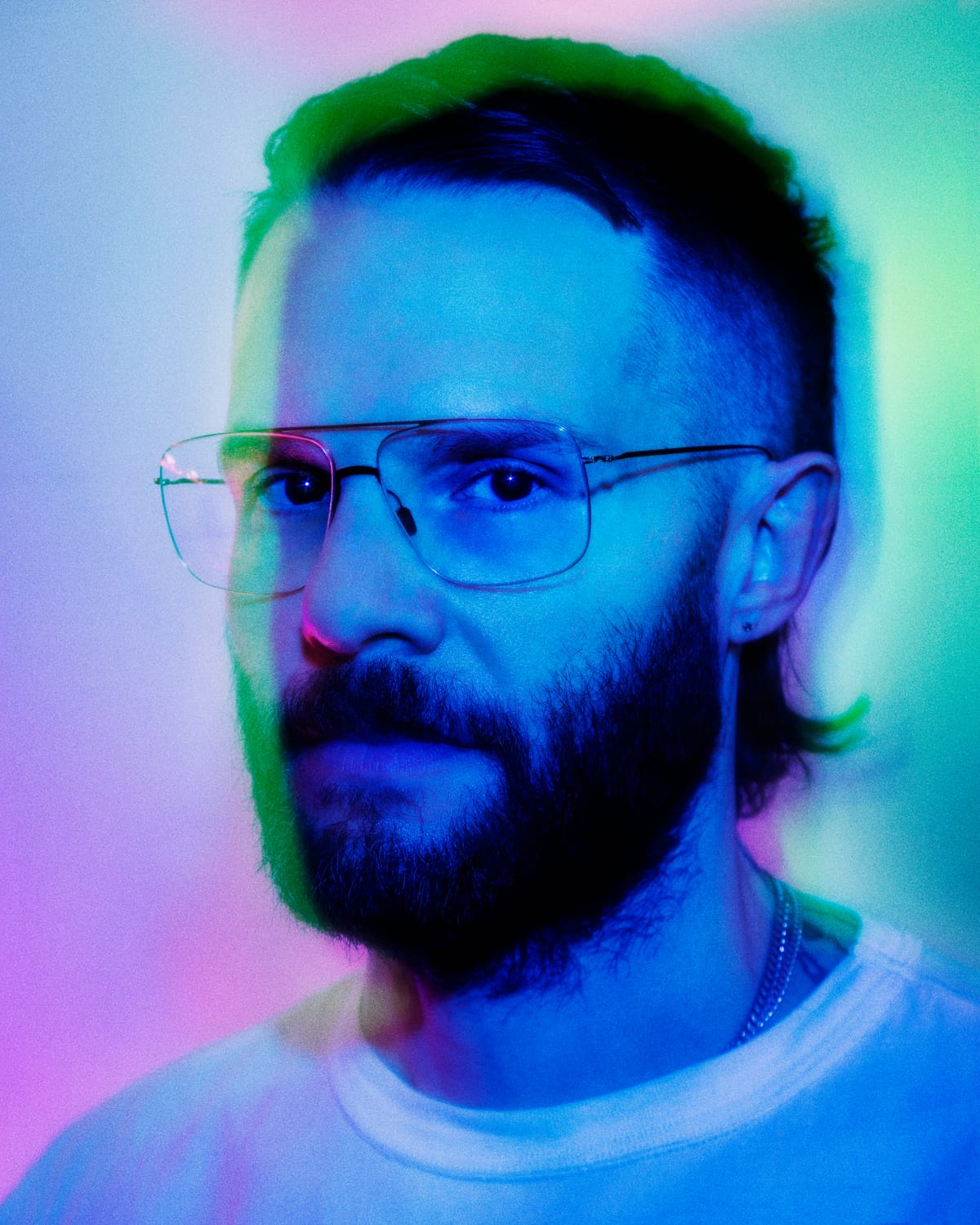
The Art Under Empire series explores the importance of staying engaged with our artistic/creative endeavors in these precarious times, and why art matters now more than ever! Each featured radical creative answers the same ten questions about the intersection of art, politics and the personal, sharing insights on how and why they stick with it...and why you should, too.
1. Name, pronouns, location, creative medium
Barnett Cohen, any/all, Brooklyn, visual artist.
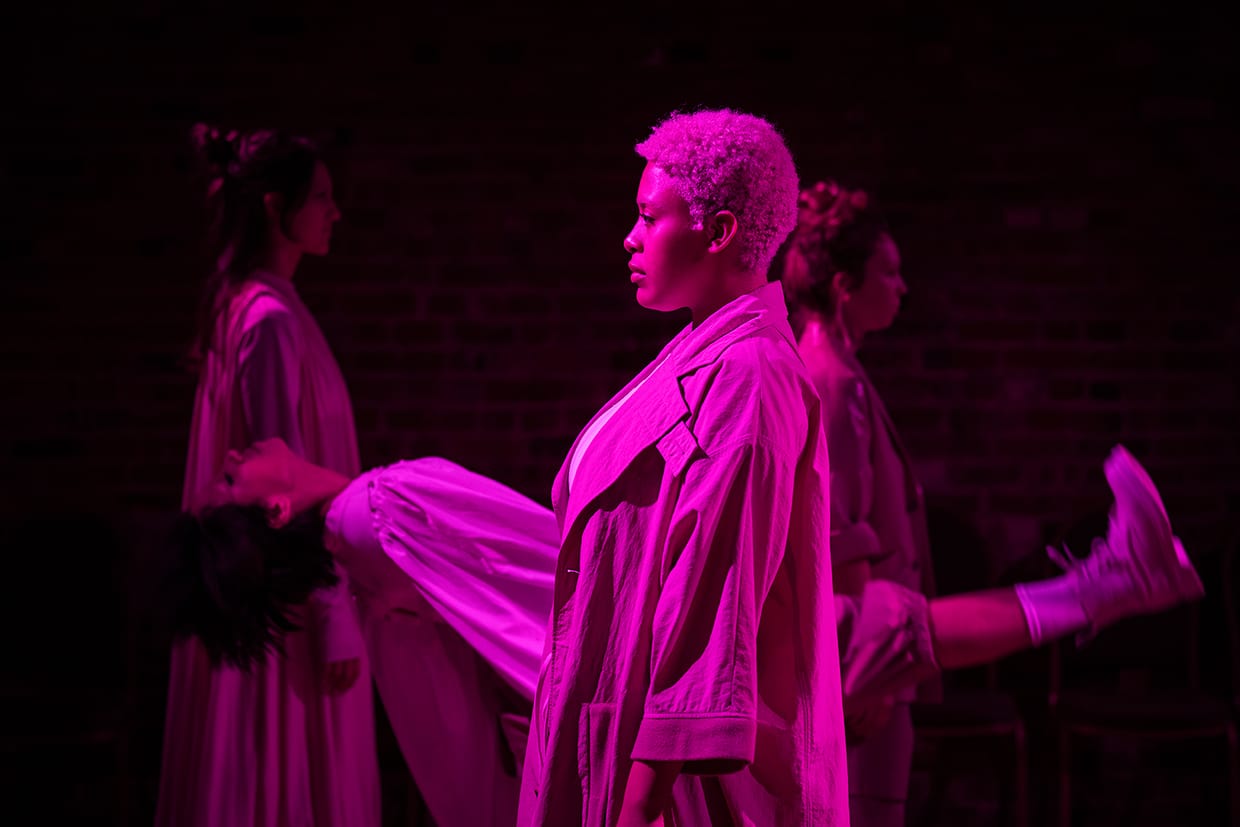
2. Why is art important during times of political upheaval/community in crisis?
Art is to commune and to commune is to survive, especially in crisis. Even in extreme, during a genocide, in Gaza, across Palestine, artists persevere in this necessity. I am thinking of a You Must Live: New Poetry from Palestine, a collection of work by Palestinian poets writing now, out this September from Copper Canyon Press. Communing is, for me, both a solo endeavor and community labor. At my desk, alone, when I compose scores for my performances, I am channeling the language of others in my own. In the rehearsal room, when I collaborate with the performers who populate my pieces, we collectively summon the range of movement lineages they embody. To commune is to synthesize what it feels like to live through crisis even if a particular crisis is not yet upon us personally. I am reminded of the book Red Flag Warning: Mutual Aid and Survival in California’s Fire Country that you co-edited with Margaret Elysia Garcia, how you gathered writers to make sense of our new era of megafires. Each writer had a unique spatial relationship, an individual distance, to the fires of Northern California. Some were deeply affected while others were not. Yet all were pulled to understand the fires, to survive through meaning, and offer that act outside of themselves to readers like me eager to get close to the crisis, to know it better, without getting burned.
3. What are you currently working on?
anyyywayyy whatever, a performance that premieres at Amant in New York this September. And in 2026, I have been invited to present a performance, entitled rot, at the Vilnius Biennial of Performance Art in Lithuania. Later in the year, I'll be in-residence at Callie's in Berlin where I will collaborate with four Berlin-based performers on a new piece.
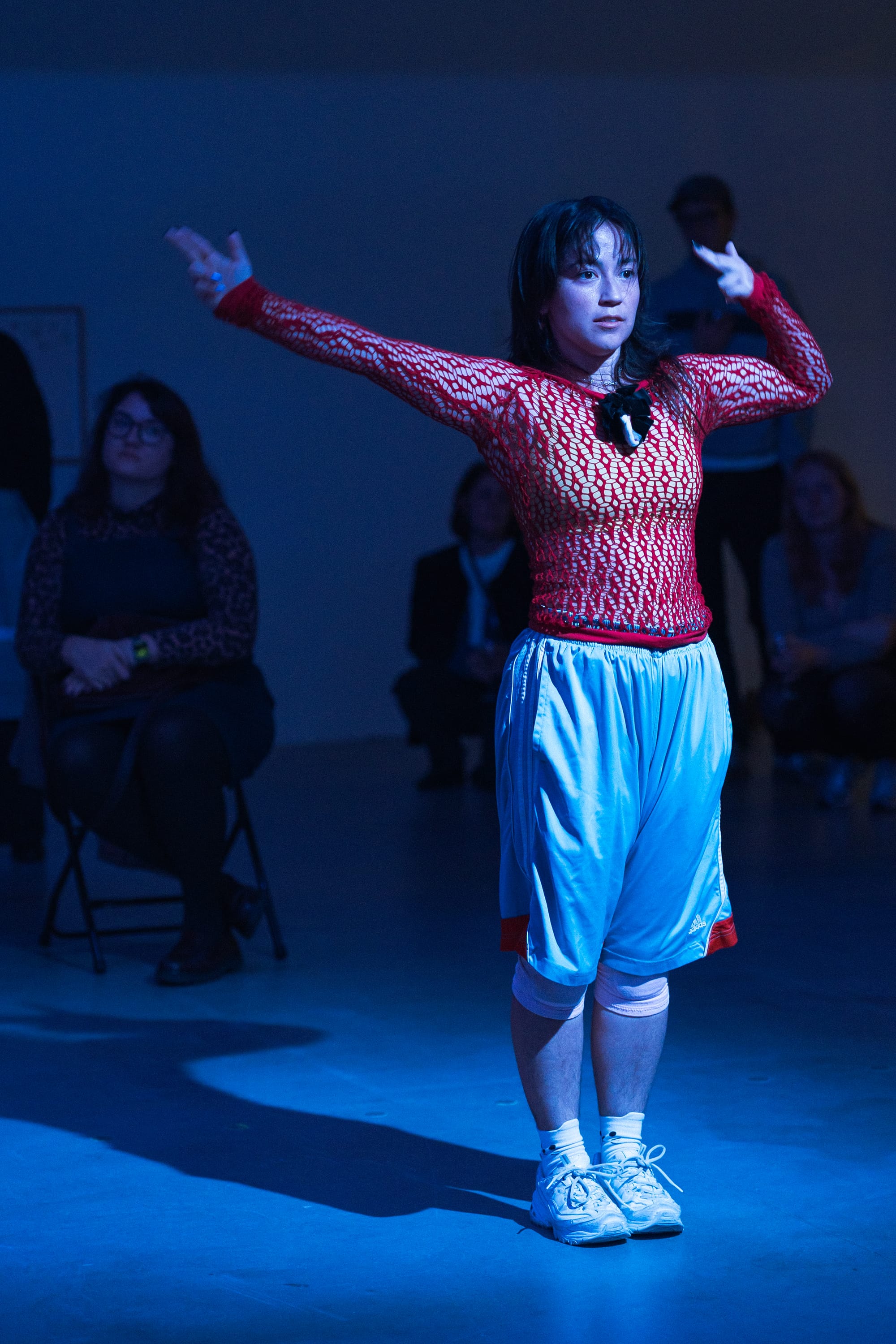
4. What do you want to see more of from the art/creative world?
Lack of government funding for the arts in this country–made worse by recent cuts to the NEA–results in a scarcity of opportunity for artists no matter our medium. Between artists, this can result in a possessive relationship to resources that is antithetical to solidarity. While I appreciate this possessive relationship to resources, I wish instead for every artist, writer, and performer I know to be wildly successful because my ability to thrive as an artist is linked to theirs. If I am surrounded by artists who gatekeep capital–even social or cultural capital–any contact I have with them will ultimately diminish my practice. I am reminded here of We Do This 'Til We Free Us: Abolitionist Organizing and Transforming Justice by Mariame Kaba and the phrase, that she attributes to her father, Moussa Kaba, a political activist in the movement for independence for Guinea, that everything worthwhile is done with others. This succinct encapsulation of interconnectedness, that we depend on each other, applies as much to artists as it does to abolitionists.
5. How has your work been impacted or influenced by this particular time we’re living in?
In addition to my artistic practice, I am also an activist. In 2017, I founded and still operate, along with a small crew of committed comrades including artists Kat Bawden and Doménica García, the Mutual Aid Immigration Network. MAIN is a trilingual free hotline for people detained in immigration detention centers across the United States. We connect people who call with bond funds, commissary support, and legal services that can accelerate their freedom from incarceration. Over the years, we have provided assistance to and liberated hundreds of people from the for-profit immigration detention system. I mention this work not only to elicit funds from any generous CAW readers (@lomotopaz on Venmo) but because this form of direct action contextualizes my practice as an artist. On an almost daily basis, I am in contact with people whose lives have been forever and irreparably damaged by the imaginative frameworks of people in power. The people in power force us to live within their limited imagination of an idea and that idea, in this particular case, is for whom and what is this nation. It is therefore my responsibility, as an artist, to imagine other more expansive possibilities of existence and, as an activist, to work towards those horizons even if they never arrive fullbodied. The relationship between these two modes of operating is symbiotic. In my writing, in my performances, I repeatedly name the militarized carceral state as our overarching context because, after the climate breakdown, it overwhelms our existence, gets into our heads, turns us into police. And, at the same time, I work to liberate people incarcerated within the limited and restricted imagination of others.
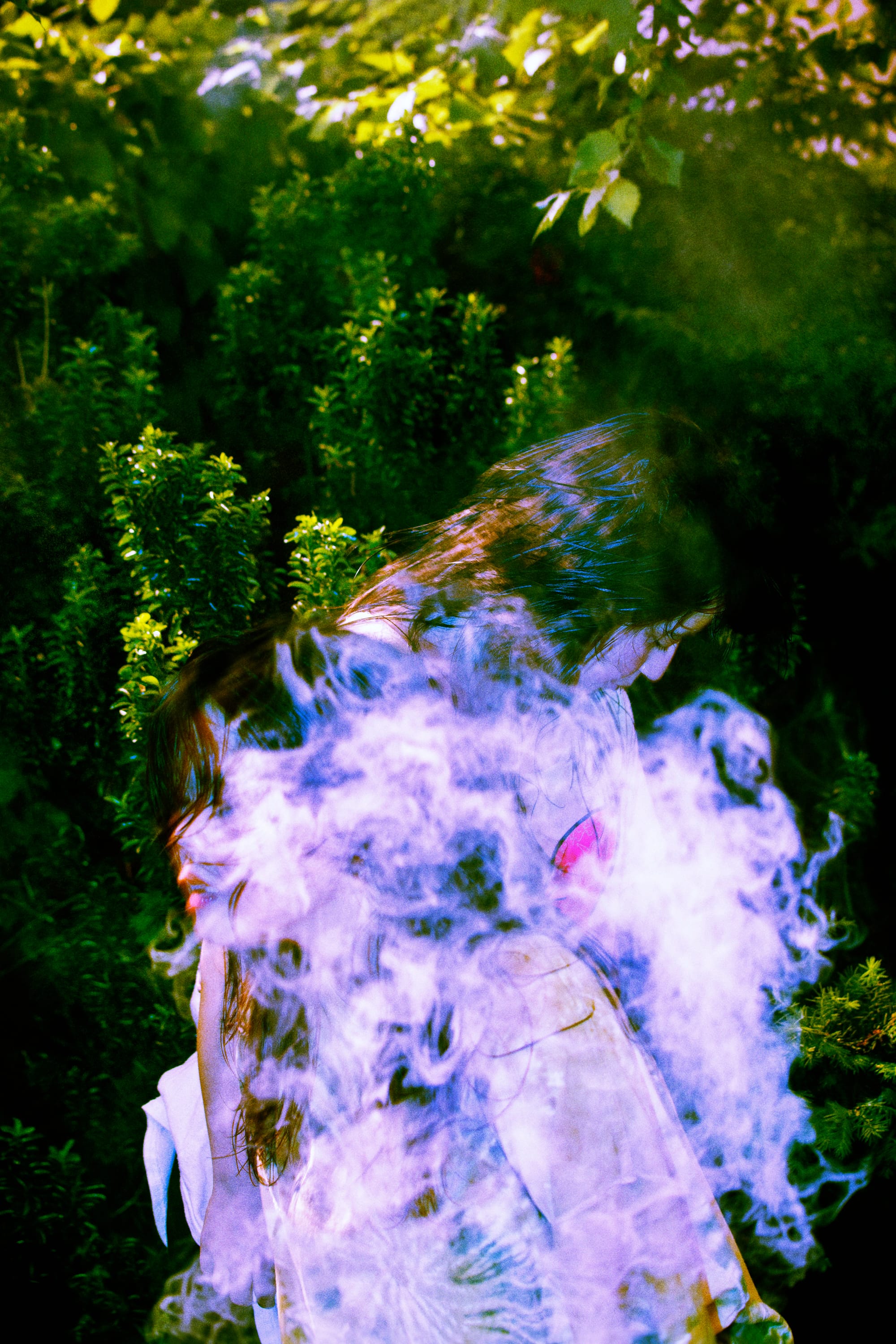
6. Re: the intersection of art and activism: can good art be nonpolitical?
Everything is political.
7. Is there a particular mutual aid project or organization you’d like readers to support?
The Mutual Aid Immigration Network. Feel free to reach out to me directly for more info. DM on Signal right here!
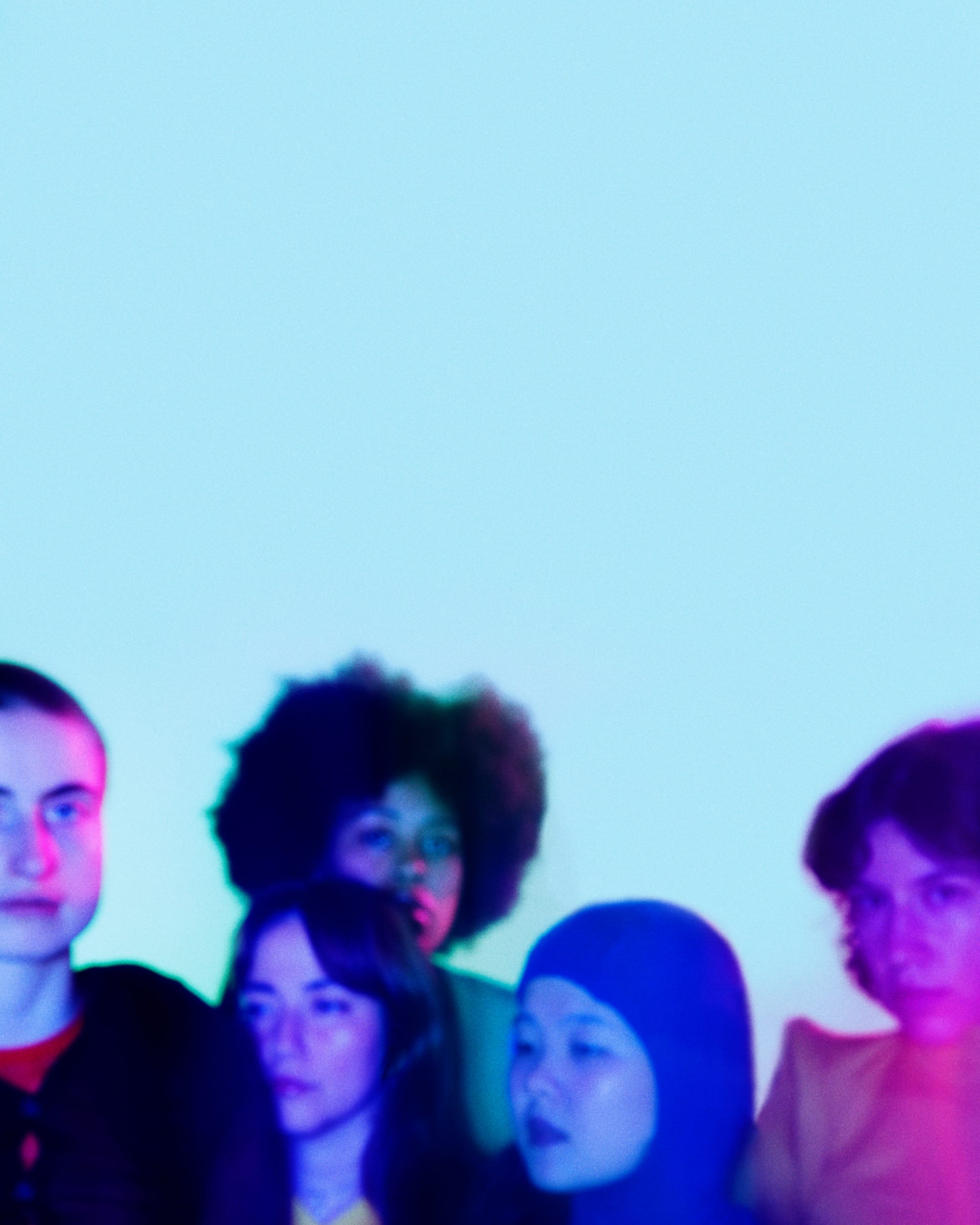
8. Any particular creatives you’re into at this moment?
In no particular order, Jorie Graham, Geoffrey Mak, Brian Fauta, Selma Selman, and Eric Dean Wilson.
9. Anything else you’d like to add about art and/or empire?
10. Where can people find you/your work?
@barnettcohen
